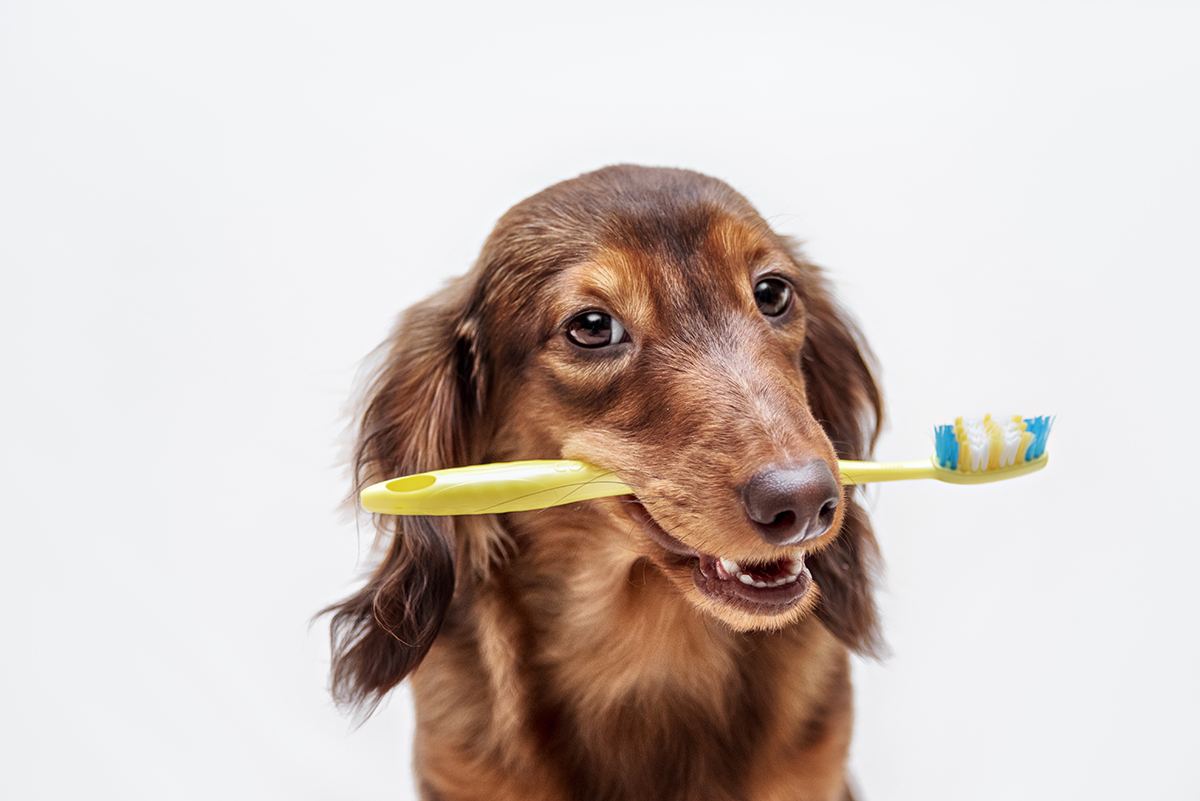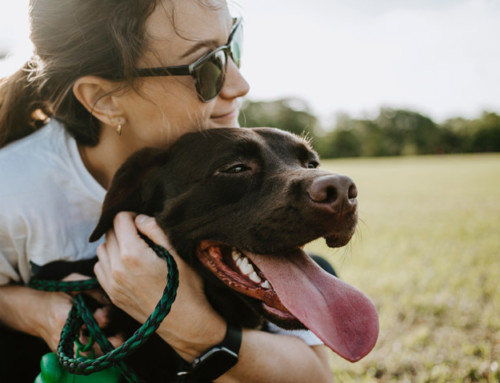Clean teeth and healthy gums are a sign of good health in humans, and our pets are no different. Despite this, many pets suffer from periodontal disease that affects their teeth, gums and overall happiness. Here are some tips on understanding your pet’s dental needs and how to ensure they have strong teeth and gums throughout their lives.
Know the signs of gum disease
Many pets will have some form of periodontal disease. In fact, up to 85% of all dogs over the age of four show some sign of gum or tooth decay. Signs include:
- Bad breath
- Loose teeth
- Receding gums
- Reluctance to eat
- Bleeding gums
- Discoloured teeth
- Pawing at face
- Teeth falling out
Beyond knowing the signs, it also helps to conduct regular inspections and take proactive measures for good oral hygiene in your pet.
Preventing gum disease
According to Vet West, there are two key elements for the prevention of gum disease in your cat or dog:
- Good oral hygiene, and
- Plaque control.
Good oral hygiene can be anything from providing regular cleaning and a healthy diet, to specially designed chew toys. In cases where plaque is adversely affecting your dog’s wellbeing, a visit to the vet for a professional clean might be necessary.
Here’s a few ways you can keep your pet’s teeth clean.
Chewing
Dogs clean their teeth through chewing and scraping on bones, but with modern products, you can also encourage your dog to chew products that help build saliva and reduce the amount of bacteria in the mouth.
Greenies Dog Dental Chews are recommended by most vets and come in a variety of sizes depending on your pooch. Dental chews are good for older dogs who might have digestion issues relating to bones, or smaller dogs who can’t quite wrap themselves around a big bone, helping to reduce the amount of plaque and tartar buildup in their mouths. Similar products also exist for cats. For dietary reasons, it’s best to go with the product specific for your type of pet.
Toothbrush cleaning
Specially designed toothpastes for pets can help keep their teeth clean, and are particularly useful for dogs or cats who don’t like dental chews. A daily brushing with a veterinarian recommended toothpaste will go a long way to improving your dog’s oral hygiene.
Obviously, cleaning your pet’s teeth isn’t always going to be easy. Many dogs are fussy about having their human friends stick something that isn’t edible in their mouth. Training them from when they are a puppy or kitten is ideal, but you can also condition older pets to accept regular cleanings by introducing it slowly into their routine. It may also help to have a toothpaste that is flavoured.
Chew toys that clean
For the playful pup or kitten that likes to wrap their jaw around something, chew toys can actually provide oral hygiene while your pet tears into them. Most are made from non-toxic rubber and shaped to clean your dog’s teeth and massage the gums while they play. Leading brands include Mungo and Maude and Kong.
Why does a pet need clean teeth?
There are no toothbrushes in the wild, so why do dogs and cats need to have their teeth cleaned regularly?
The simple answer is that many wild animals aren’t exactly the picture of oral hygiene. Wild animals have also evolved differently to our pets, and have different needs. We want our pets to live happy, healthy lives. Here’s a few reasons why it’s good to ensure your dog has clean and healthy gums, regardless of their age.
- Better smelling breath
- Gum disease can lead to other problems in dogs, including heart disease
- Dogs with bad teeth are likely in pain
- All teeth wear out, and they should come out when they do.
- Teeth can’t be replaced. The less teeth your dog has, the more you’ll need to do to ensure they can eat their food properly
Do dogs and cats have baby teeth?
Yes, our pets have baby teeth, and just like humans, they need to fall out before the new ones can come through. Adult cats have 30 teeth. Adult dogs have 42 teeth in all, much more than humans. Which is why they need extra special care for their dental hygiene.
Treatment
If your pet is suffering from a severe form of gum disease, then treatment may be necessary. This may involve a surgical procedure where infected teeth are removed from your pet’s mouth. You may also need to put your canine or feline on a course of antibiotics.
Our pets can be resistant to medical treatment and inspection. While it might be tempting to ignore the signs of gum disease and tooth decay in our pets, in the long term it’s better to take charge of the situation and deal with any issues promptly. After all, prevention is the best cure.
The most recent upgrades to the HTMLG online editor are the tag manager and the attribute filter. Try it for free and purchase a subscription if you like it!







Hello
Thanks for sharing the great information. I read this blog and must say the information that you shared in this blog is really very useful. Please post more blog related to ”Dog Dental Care Tips”
Thank You.
Thanks for your feedback! We’re so glad you enjoyed reading it 🙂